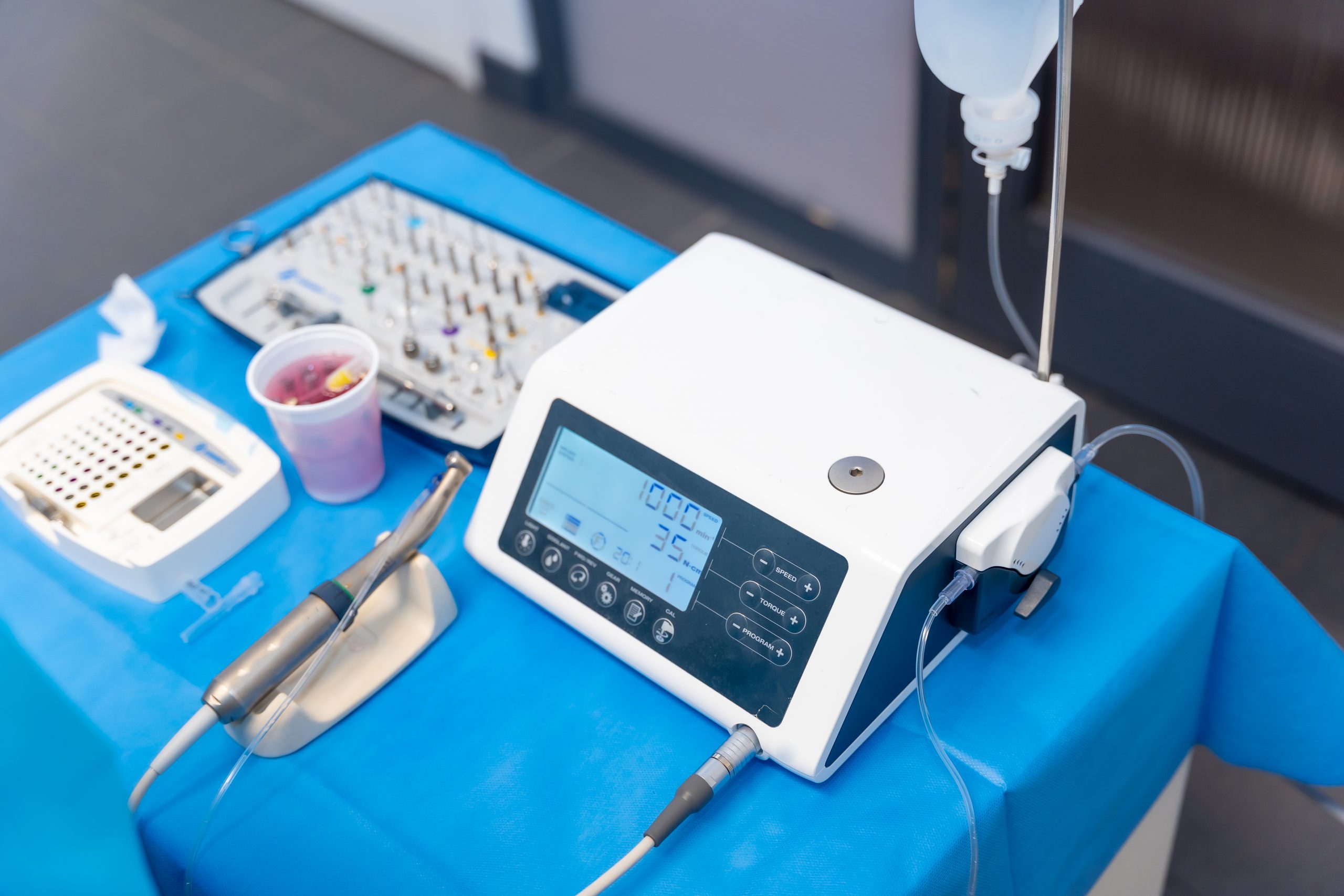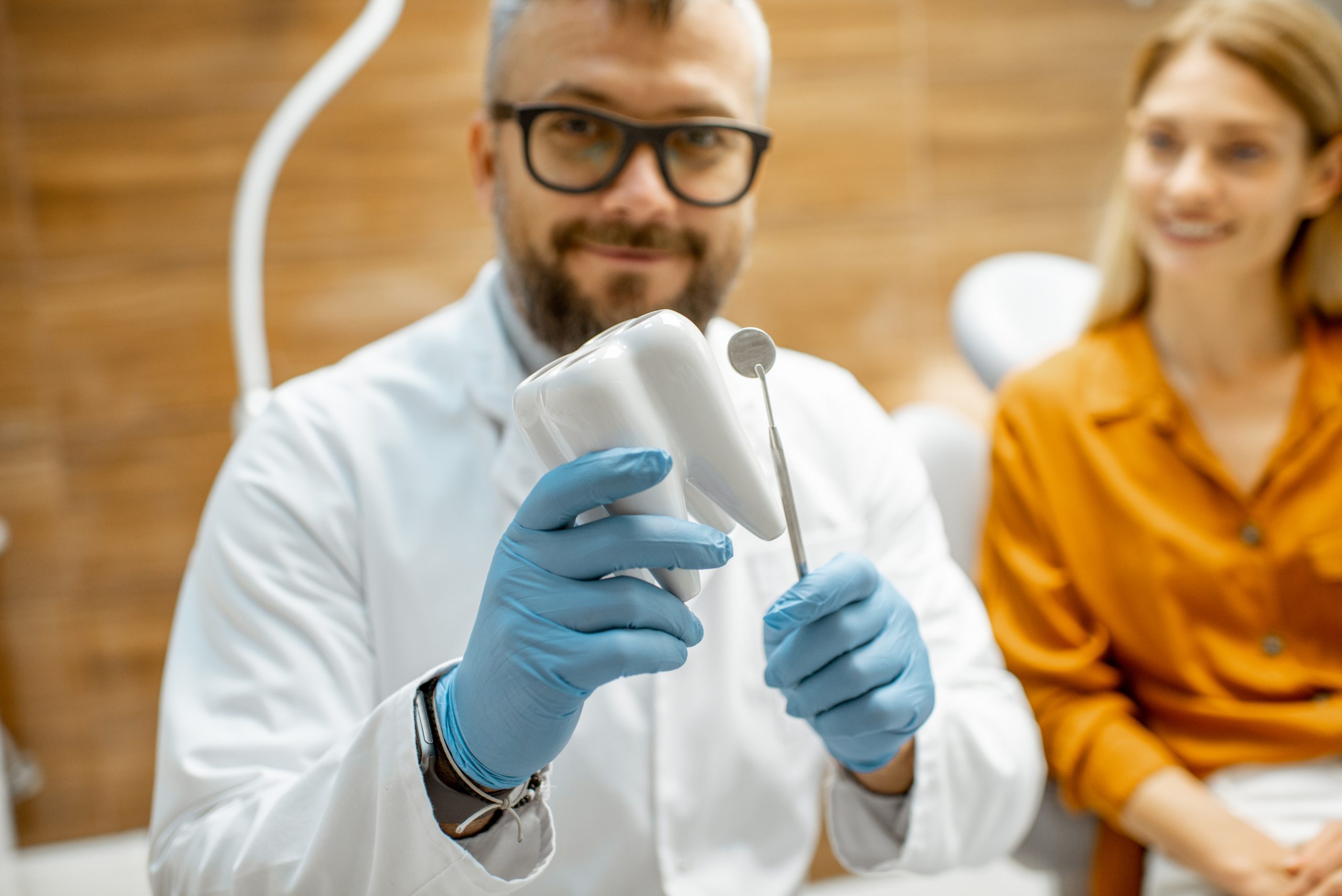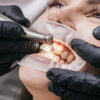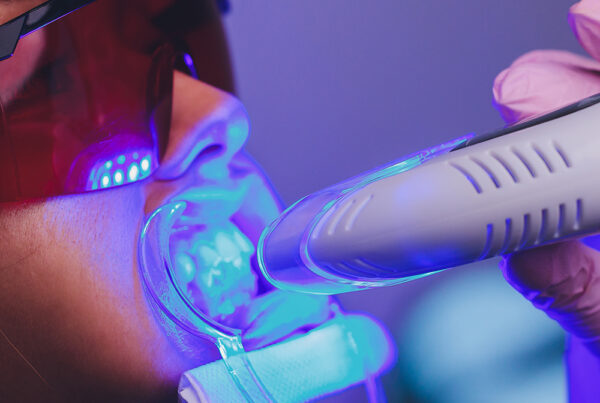What Is Smile Design?
Smile Design is a cosmetic dentistry procedure that can transform your smile. It is a comprehensive approach to creating a beautiful, natural-looking smile that is customized to your individual needs and desires. The process begins with an in-depth consultation between you and your dentist to discuss your goals for the treatment. Your dentist will then take impressions of your teeth, photos, and x-rays to get an accurate picture of your current oral health. After evaluating all of this information, they will create a custom plan for improving the aesthetics of your smile.
What Are The Procedures On Smile Design?
Smile design is a process of creating an aesthetically pleasing and healthy smile that meets your individual needs and desires. It involves careful planning, analysis, and collaboration between you and your dentist to create a beautiful smile that looks natural and suits your face shape, facial features, skin tone, and personality.
At its core, smile design is about making sure that the size, shape, color, alignment, and overall appearance of your teeth are in harmony with each other. This means that each tooth should be properly proportioned relative to the others and all should be aligned in a straight line. In addition to this, it’s important to consider how the color of your teeth complements your skin tone as well as how the shape of your teeth fits into the overall structure of your face.
When it comes to achieving the perfect smile through smile design there are several steps involved in order to ensure optimal results. Here’s what you need to know about these steps:
1. Consultation:
During this step you will meet with your dentist who will assess your current dental health and discuss any concerns or goals you may have regarding improving your smile. They will also take photographs of your mouth so they can get an accurate picture of what needs to be done in order to create a beautiful result.
2. Diagnosis & Treatment Planning:
After assessing your dental health during the consultation phase, it’s time for diagnosis and treatment planning which includes deciding on what type of treatments are necessary in order to achieve the desired outcome such as veneers or crowns if needed.

3. Preparation:
During this step any necessary preparation work such as tooth reshaping or removal is completed in order for the new restorations or veneers to fit properly when placed later on in the process.
4. Placement:
This is where all new restorations such as crowns or veneers are placed onto the prepared teeth by using special adhesives or cements depending on what type of restoration is being used.
5. Finishing Touches:
Finally once all restorations have been placed it’s time for any final adjustments such as polishing or contouring which helps give a more natural look and feel while ensuring that everything fits perfectly together before leaving with a brand new beautiful smile!
Smile design can help improve both aesthetic appeal as well as oral health by correcting misalignments or restoring damaged teeth back into their original form without compromising their strength or function. If you’re looking for ways to enhance your smile then talk with one of our experienced dentists today who can help guide you through every step from start to finish so you can achieve amazing results!

What Are The Materials On Smile Design?
Smile design is a process of creating beautiful smiles that are tailored to the individual’s facial features and preferences. The materials used in smile design vary depending on the specific needs of the patient, but typically include porcelain veneers, crowns, bridges, and composite bonding. Porcelain veneers are thin shells of ceramic material that are bonded to the front surface of teeth to correct cosmetic issues such as chips, discoloration, and gaps. Crowns are used to cover teeth that have been weakened or damaged due to decay or trauma. Bridges can be used to replace missing teeth by attaching artificial teeth between two existing teeth. Composite bonding is a tooth-colored material that is applied directly onto the tooth surface to improve its shape and color.
In addition to these materials, other technologies may be used during smile design procedures. Digital imaging technology allows dentists to take precise measurements of a patient’s mouth and create 3D models of their ideal smile before any treatment begins. Computer-aided design (CAD) software helps dentists create custom restorations for each patient based on their unique needs and preferences. CAD/CAM technology also enables dentists to fabricate restorations in-house with precision accuracy in a fraction of the time it would take with traditional methods.
Finally, modern dental laboratories use advanced materials such as zirconia and eMax porcelain for restorations like crowns and bridges. Zirconia is a strong material that is highly resistant to staining and chipping while eMax porcelain offers excellent strength combined with natural translucency for lifelike aesthetics. Both materials are ideal for creating beautiful smiles that will last for years with proper care and maintenance. By combining these materials with advanced technologies like digital imaging, CAD/CAM software, and computer-aided design, dentists can provide patients with customized solutions that meet their individual needs and aesthetic goals for an optimal smile makeover experience.

Is Smile Design Irreversible?
The goal of smile design is to create a beautiful, natural-looking smile that reflects your individual personality and style. While the results of smile design are usually permanent, it is possible to reverse the effects if you are not satisfied with the outcome.
Reversing a smile design involves removing any artificial components such as veneers or crowns, and restoring the teeth to their original shape and color. Depending on the type of materials used in your smile design, this process may require additional procedures such as bonding or whitening. Your dentist will assess your situation and determine which steps are necessary to restore your teeth to their original condition.
It is important to note that reversing a smile design may not be possible in all cases. If you have undergone extensive treatments such as implants or orthodontic work, these changes may be irreversible. Additionally, some materials used in smile design may not be able to be removed without damaging the tooth structure underneath. In these cases, it may be necessary to cover up any imperfections with new materials such as veneers or crowns.
If you are considering undergoing a smile design procedure, it is important to discuss all of your options with your dentist beforehand so that you understand what changes can and cannot be reversed if you decide later on that you do not like the results. Your dentist will also provide advice on how best to maintain your new look so that it lasts for many years to come. With proper care and maintenance, you can enjoy a beautiful new smile for years to come!

How Long Does Smile Design Last?
Smile design is a cosmetic dental procedure that can last for many years with proper care. The longevity of the results depends on the type of materials used and how well you take care of your teeth. With good oral hygiene habits, regular visits to the dentist, and diligent maintenance, your smile design can last for several years.
The first step in creating a lasting smile design is to choose the right materials. Your dentist will be able to advise you on which materials are best suited for your needs and lifestyle. Porcelain veneers are one of the most popular options for smile design as they provide a natural-looking finish that lasts for many years. Composite resin bonding is another option that can be used to correct minor imperfections such as chips or gaps in your teeth.
Once you have chosen the materials, your dentist will begin the process of designing your new smile. This involves taking impressions of your teeth and creating models so that they can plan out exactly how they want to shape them. During this stage, it’s important to discuss any concerns you may have about the final result so that adjustments can be made if necessary. Once everything has been finalized, the next step is to apply the materials onto your teeth using special bonding agents and adhesives.
Afterwards, it’s important to practice good oral hygiene habits in order to maintain your new smile design. This includes brushing twice daily with fluoride toothpaste, flossing at least once per day, and visiting your dentist regularly for checkups and cleanings. Additionally, avoiding foods and drinks that are high in sugar or acidity can help prevent staining or discoloration over time. If you follow these steps diligently, then you should be able to enjoy your beautiful new smile for many years to come!

Aftercare
Aftercare products help to maintain the desired look and feel of your new smile. Special products for smile designing aftercare include whitening toothpastes, mouthwashes, and gels. Whitening toothpastes contain special ingredients that can help remove surface stains and discoloration from teeth. They also help to protect against future staining by forming a protective barrier on the enamel of your teeth. Mouthwashes are another important part of smile designing aftercare. These mouthwashes contain antibacterial agents that can help reduce plaque buildup and fight off bacteria that can cause cavities and gum disease. Gels are also available for use in smile designing aftercare. These gels can be used to provide extra protection against staining and discoloration, as well as providing additional shine to your teeth.
In addition to these special products, there are also several other products available for use in smile designing aftercare. Fluoride rinses are one such product that can help strengthen tooth enamel and prevent cavities from forming. There are also specially formulated toothbrushes available that have been designed specifically for use in smile designing aftercare. These brushes have softer bristles than regular toothbrushes, which helps them to clean more effectively without damaging the delicate enamel of your teeth. Finally, there are special whitening strips available that can be used once or twice a day to keep your new smile looking its best.
Smile designing aftercare is an important part of maintaining a beautiful, healthy smile for years to come. By using the right combination of products, you can ensure that your new smile looks great and lasts for many years into the future!

What Is The Average Price Of Smile Design?
Smile design is a combination of treatments, such as veneers, crowns, and whitening, that are tailored to your individual needs. Smile design is becoming increasingly popular due to its ability to transform a person’s smile in just one or two visits. But what is the average cost of smile design?
The cost of smile design will vary depending on the complexity of the treatment plan and the materials used. Generally speaking, the average cost for smile design can range from $1,500-$5,000 per arch (upper or lower jaw). This includes all necessary procedures such as tooth preparation, veneers or crowns, and whitening. However, it’s important to note that some patients may require additional treatments which could increase the overall cost.
It’s also important to consider that there are several factors that can affect the total cost of your smile design treatment plan. These include:
• The number of teeth being treated
• The type of materials used
• The experience level of your dentist
• Any additional treatments required
• Your geographic location
• Your dental insurance coverage (if applicable)

When considering a smile design treatment plan it’s important to consult with an experienced cosmetic dentist who can provide you with an accurate estimate based on your individual needs. A good cosmetic dentist will take into account all these factors before providing you with an estimate so you know exactly what you’re getting for your money. Additionally, they should be able to provide you with before and after photos so you can get an idea of what kind of results you can expect from your treatment plan.
If you don’t have dental insurance coverage for this type of procedure then it may be worth considering financing options such as CareCredit or LendingClub Patient Solutions which offer payment plans with low interest rates and no upfront costs. Alternatively, many dentists offer in-house financing plans which allow patients to pay off their treatment over time at a more affordable rate than traditional financing options.
Overall, the average cost for smile design varies depending on the complexity and materials used but generally ranges from $1,500-$5,000 per arch (upper or lower jaw). It’s important to remember that this figure does not include any additional treatments or materials which could increase the overall cost significantly so it’s always best to consult with an experienced cosmetic dentist who can provide you with an accurate estimate based on your individual needs. Additionally, if you don’t have dental insurance coverage then it may be worth considering financing options such as CareCredit or LendingClub Patient Solutions which offer payment plans with low interest rates and no upfront costs.







